What Is Import VAT and How Does It Work?
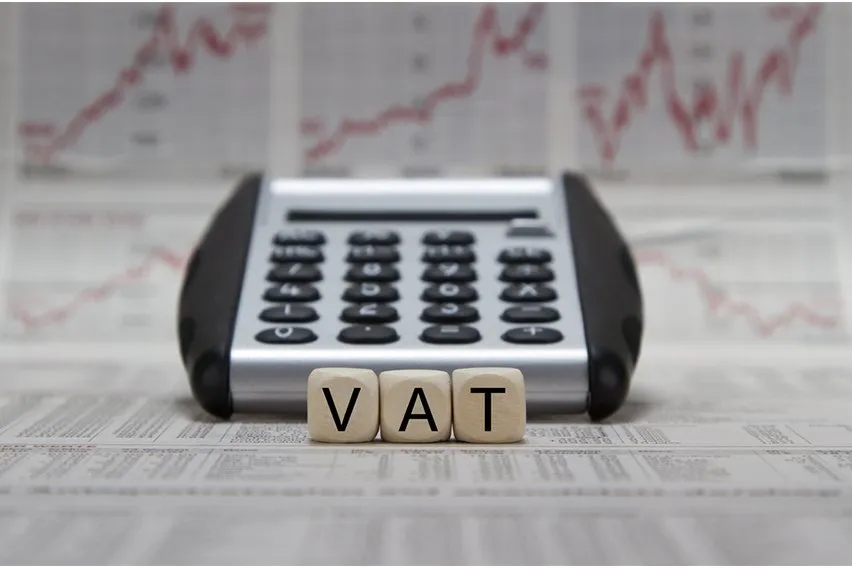
Is your business actively importing and exporting products? Regardless if you’re importing or exporting, there are some important duty rules and procedures you should be aware of. You need to make sure that you charge or pay the proper amount of VAT.
And if you’re importing specifically, you might also be subject to customs duties or an import VAT payment. The rules and information surrounding importing and exporting have changed with the effect of Brexit. Specific trade with the European Union and Northern Ireland have especially been impacted.
So what is import VAT and how does it work?
Here’s What We’ll Cover:
Know Your Tax and Customs Responsibilities
What Is VAT?
Before getting too far ahead, let’s take a quick look into what value-added tax (VAT) is by itself. There are three different VAT rates and it’s up to you to ensure the right amount gets charged.
The standard rate applies to most goods and services. And this rate should get charged unless the goods or services get classified as zero-rated or reduced. The standard VAT rate is 20%.

The reduced rate gets charged depending on the specifics of the item and certain circumstances of the sale. For example, mobility aids get charged at 5% if the person who needs them is over the age of 60 and has them installed in their home.
The zero rate applies to goods that are VAT taxable but the rate you must charge is 0%. This can include things like children’s clothes, books and newspapers or motorcycle helmets. And even though you charge 0% VAT, you still need to record the details and report them on your VAT return.
How Does Import VAT Work?
If you import any goods from outside the UK or from a non-EU country into Northern Ireland, you might have to pay VAT on imports. Imported goods are typically charged the same rate of VAT as if they had been supplied from within the UK. But this can change if you import things like antiques, collector’s items or various works of art, for example.
As a VAT-registered business, you can account for importing VAT on your VAT Return. By doing it this way you can declare any import VAT and then reclaim it as input tax.
You can receive total or partial relief from import duties by using temporary importation. This basically means that you import certain goods temporarily but plan on re-exporting them within the next two years.
But, what if you temporarily import goods and then later decide to circulate them throughout the UK? You must pay import VAT, duty and possibly compensatory interest depending on the type of goods.
What if You Are Not VAT-Registered?
Even if your business is not registered for UK VAT you will still need to pay import VAT. The main difference is that non-registered businesses can’t reclaim the import VAT amount.
However, if you are not a UK trader and you also don’t have UK VAT, you can work with an agent located within the UK to import goods on your behalf. You would pay the standard VAT rate but not be able to reclaim it. The agent, on the other hand, can claim the import VAT as input tax as long as they are a principal agent as outlined in Section 47 of the VAT Act.
Know Your Tax and Customs Responsibilities
When it comes to importing goods into the UK for VAT purposes, there are certain tax and customs requirements. Here are a few common responsibilities you need to follow for the completion of customs declarations.
- Usually, you are responsible for goods getting cleared through customs and paying any relevant taxes
- You need to have the proper documentation from your supplier for the goods to clear customs
- Import duty could get charged depending on the type of goods
- Any specified duty must get paid before your goods get released by customs
HMRC has outlined an Integrated Tariff that breaks down the classification of different goods and details for duty rates. If you still have some questions, you can discuss the details with your import agent or trade association.

Key Takeaways
You might be a small business owner that has been operating for years. Or, you might just be starting out and need to find out everything you need to know about importing goods into the UK. Whatever stage of business you are in, you can use the details outlined above to help determine if you need to pay import VAT.
Here are a few tips to help get you started and make sure you have all the right information.
Check to see if any import duty will apply:
- Import duty is based on the type of goods that are getting imported and the country they are coming from
- There isn’t usually an import duty for imports that come from counties in the European Union
Confirm you have the right paperwork:
- Paperwork and documentation usually includes things like invoices or transport documents
- Some goods from certain countries might require proof of origin to claim reduced import duty
- If imports are above a set value, a valuation document might be required
Arrange VAT:
- You need to include your VAT registration number and EORI number with any customs declarations
- If you aren’t registered for VAT, you must pay import VAT and you cannot reclaim the amount
- More often than not, you can account for import VAT on your VAT Return, which means you don’t need to pay VAT upfront
Getting all this information together can help make sure you have the right details in place and you won’t run into delays or issues with customs. It’s important to recognize that some imported goods can fall under the standard rate, the reduced rate or the zero rate. Visit the HMRC website for a more detailed breakdown of UK VAT.
Did you enjoy reading this guide? Head over to our resource hub for more!
RELATED ARTICLES

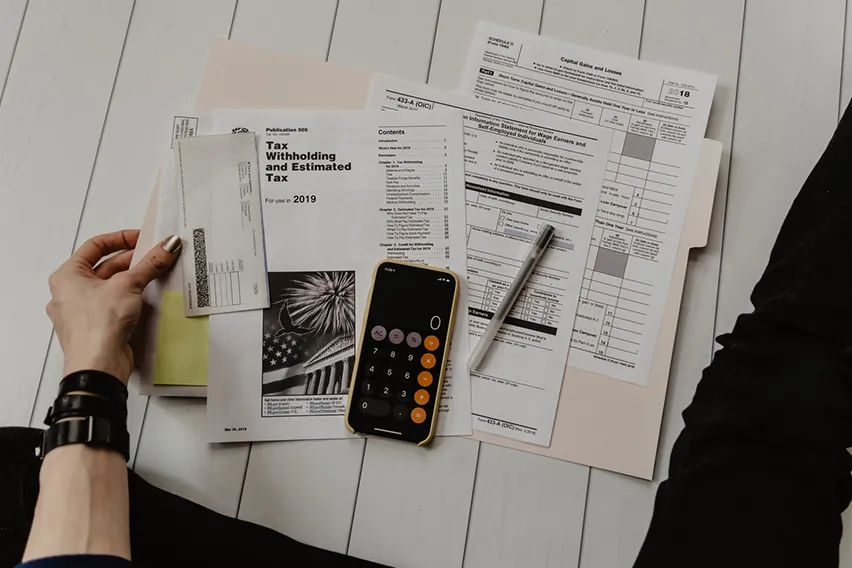 What Is Income Tax & How Does It Work?
What Is Income Tax & How Does It Work?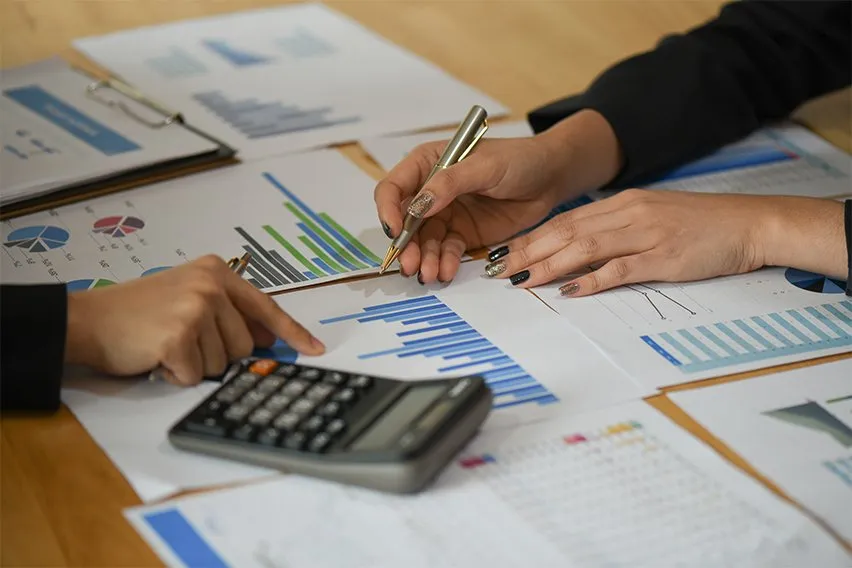 Difference Between Flat Rate Vat Vs Standard Rate Scheme
Difference Between Flat Rate Vat Vs Standard Rate Scheme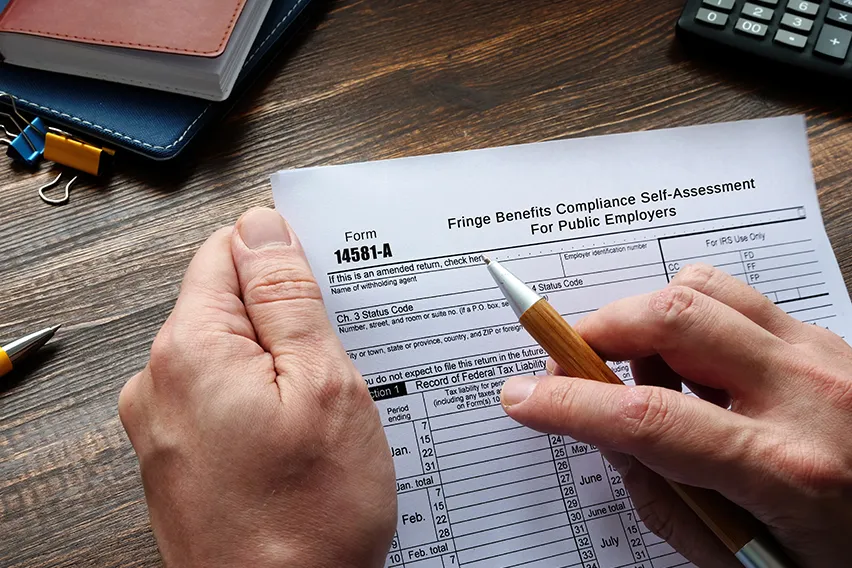 How Do I Pay My Self Assessment Tax Bill?
How Do I Pay My Self Assessment Tax Bill?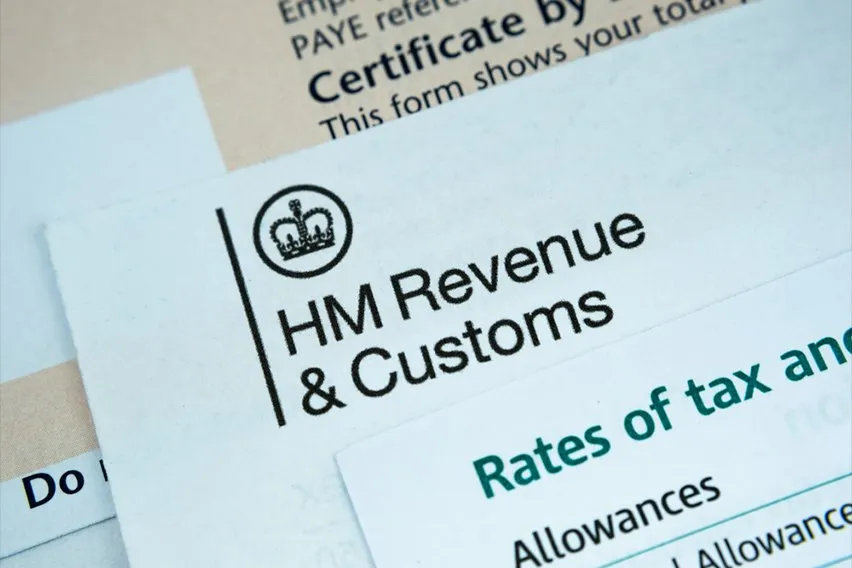 How to Use P87 HMRC Form to Claim Tax Relief?
How to Use P87 HMRC Form to Claim Tax Relief?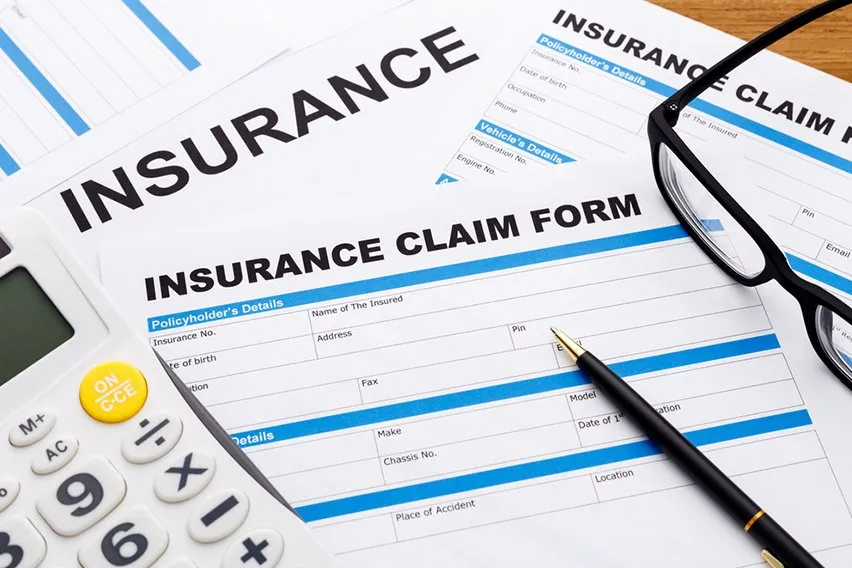 SEISS – What It Is and How To Claim It
SEISS – What It Is and How To Claim It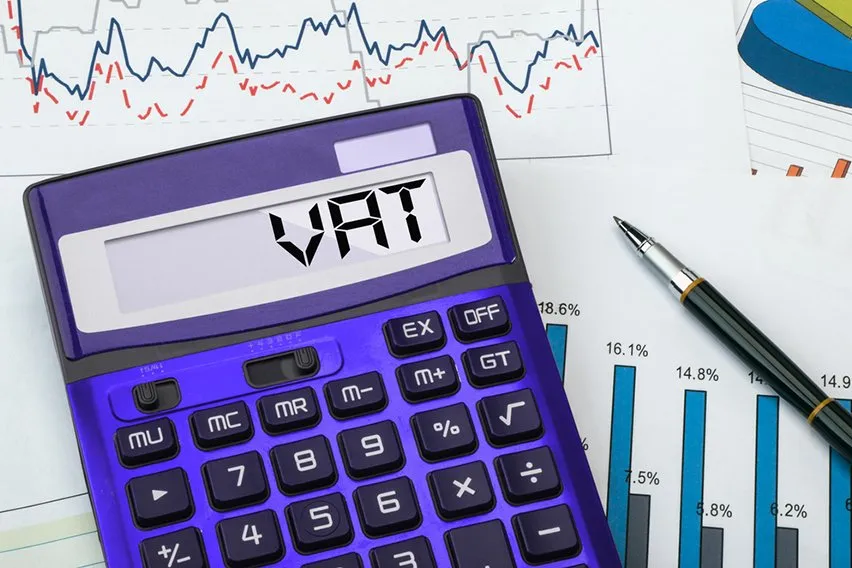 What Is the VAT Reverse Charge for Construction Work?
What Is the VAT Reverse Charge for Construction Work?